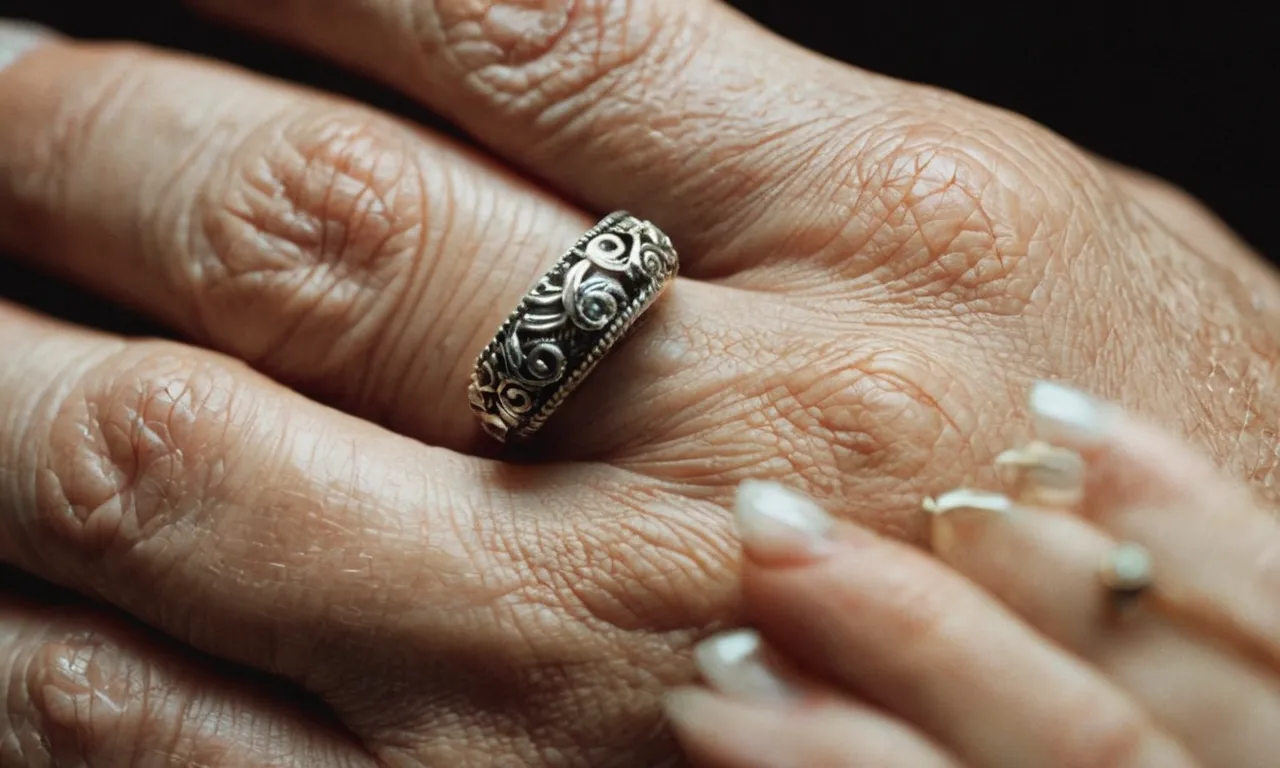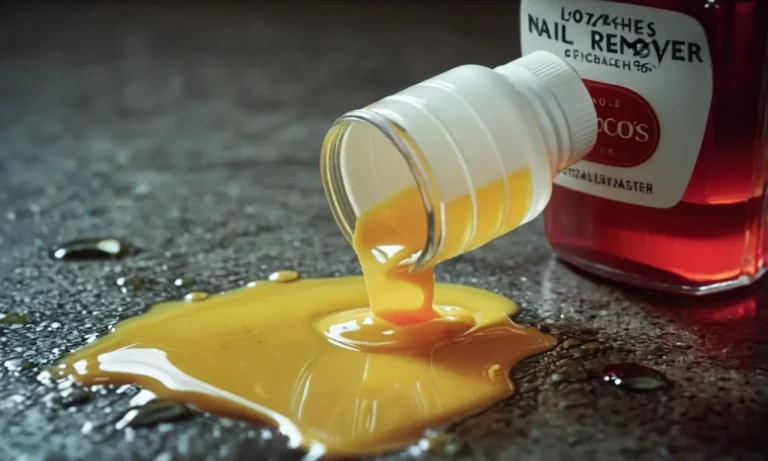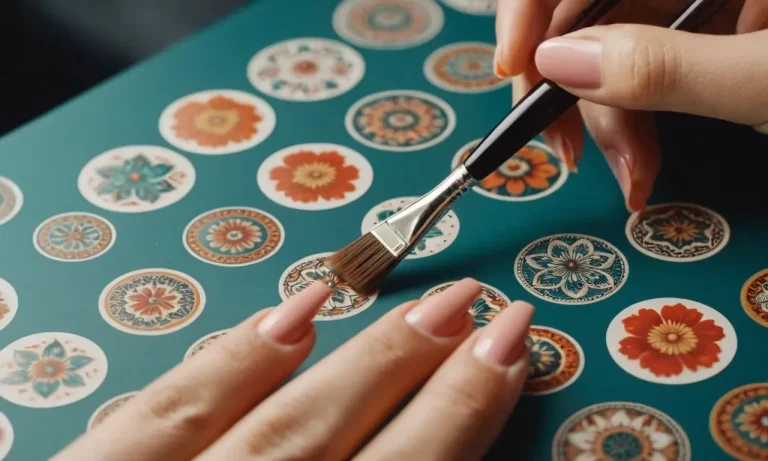Hard White Hair That Looks Like A Nail: Causes And Treatments
If you’ve noticed thick, hard white hairs growing out of your skin that resemble nails, you’re not alone. Many people deal with these strange follicular growths and wonder what causes them and what can be done.
Fortunately, while disconcerting, these hard white hairs are harmless and several effective treatment options exist.
If you’re short on time, here’s a quick answer to your question: Hard white hair that looks like a nail is likely caused by a rare condition called cutaneous horn. It is benign but can be removed through methods like cryotherapy or surgical excision.
What Causes Hard White Hair that Looks Like a Nail?
Cutaneous Horn
A cutaneous horn, also known as cornu cutaneum, refers to a specific growth on the skin that resembles a miniature horn. It is composed of compacted keratin which is the same protein that makes up hair and nails. These growths are most often found on the face, scalp, arms, or hands of older adults.
Cutaneous horns usually develop in response to underlying skin lesions like actinic keratosis or seborrheic keratosis. The growth may look alarming, but it is not cancerous itself. However, the underlying condition causing it could potentially be precancerous.
Therefore, this type of lesion should be examined by a dermatologist.
Actinic Keratosis
Actinic keratoses, also known as solar keratoses, are rough, scaly patches on the skin caused by years of exposure to ultraviolet radiation from the sun. These precancerous growths form most often on areas frequently exposed to the sun like the face, lips, ears, back of the hands, forearms, scalp, or neck.
Actinic keratoses commonly appear in middle-aged or elderly people. The lesions begin as small rough reddish patches then thicken and take on a wart-like appearance. The affected area of skin may itch or become tender.
Left untreated, actinic keratoses can potentially turn into a type of skin cancer called squamous cell carcinoma.
Seborrheic Keratosis
Seborrheic keratoses are noncancerous skin growths that commonly appear on the trunk, face, or scalp. They are also referred to as seborrheic warts or senile warts. These round or oval growths have a waxy, pasted-on appearance and range in color from light tan to black.
Seborrheic keratoses tend to be genetic, often appearing in large numbers as people age. They can develop a bristly, thorny surface over time that may closely resemble a cutaneous horn. While not malignant, they can get irritated easily and may sometimes itch or feel tender.
In rare cases, seborrheic keratoses may transform into a form of skin cancer called seborrheic keratosis carcinoma. For this reason, any seborrheic keratosis that changes shape or appearance should be evaluated by a dermatologist.
Treatments for Hard White Hair Growths
Cryotherapy
Cryotherapy is an effective treatment for getting rid of hard white hair growths. It involves freezing the growth with liquid nitrogen which kills the tissue. The dead tissue then flakes off over the next few weeks. Cryotherapy can treat growths of all sizes and provides great cosmetic results.
Studies show a success rate of up to 93% in removing these kinds of lesions. The procedure is quick, taking only a few minutes. Most people tolerate it very well with minimal discomfort. While cryotherapy can leave a temporary red and swollen lesion, these effects typically resolve within a few days.
It carries a low risk of scarring when performed properly by an experienced dermatologist.
Surgical Excision
Surgical excision involves numbing the area with local anesthesia and cutting out the lesion with a scalpel or scissors. This technique removes the entire growth down to its roots, providing excellent cure rates.
According to research, surgical excision successfully eradicates over 95% of these stubborn hair follicles. The procedure leaves a small scar where the incision was made. A qualified dermatologic surgeon can minimize scarring by using meticulous techniques and fine sutures.
Patients can expect some soreness, swelling, and bruising afterwards which usually resolves within 1-2 weeks. While surgical excision carries additional risks from anesthesia and infections, these complications are rare when appropriate precautions are taken.
Topical Medications
Applying liquid nitrogen directly to these growths also shows promise in removing them. One study found a 67% cure rate when using a cotton-tipped applicator for direct cryotherapy. This method may take several treatments but avoids the pain and scarring risk of other procedures.
Many compounded creams can also dry out and peel these annoying hairs. A compound called calcium hydroxylapatite, available by prescription, may gradually soften and loosen hard growths over 2-3 months according to anecdotal reports.
While topical treatments don’t work as quickly or effectively as procedures like cryosurgery, they provide a less invasive option that may appeal to some patients. Researchers continue working on improved topical therapies.
When to See a Doctor
Signs of Infection
If the area around the hard white hair becomes red, swollen, warm, or painful, it could signal an infection that requires medical attention. Infections can spread quickly and lead to bigger problems if left untreated.
Don’t hesitate to make an appointment with your doctor if you notice these signs of infection.
Unusual Changes
You should also consider seeing your doctor if the hard white hair changes in size, shape, or color. Rapid or unusual changes may indicate an underlying skin condition that needs further evaluation. For example, certain characteristics of the hair itself could signal a rare tumor known as a pilomatricoma.
It’s better to be safe and get checked out if anything seems abnormal or worrisome.
Failure of Self-Treatment
Trying home treatments like exfoliating scrubs or moisturizers is perfectly reasonable initially. However, if the hard hair persists despite your best efforts, a dermatologist may be able to provide prescription-strength medicated creams or other treatments.
Seeking professional advice can bring relief when DIY options fail to budge the blemish.
Caring for Skin After Treatment
Keep the Area Clean
After getting the hard white hair removed, it’s important to keep the treated area clean to prevent infection and allow proper healing. Gently cleanse the area daily with a mild soap and water, avoiding harsh scrubbing.
Pat dry with a clean towel and apply an antibiotic ointment if recommended by your dermatologist (more on that below! ).
Use Antibiotic Ointment
Your dermatologist may advise using an antibiotic ointment like Bacitracin on the treated area for 3-5 days after treatment. This helps prevent infection in the open follicle left behind from the extracted hair. Apply a thin layer 2-3 times a day after cleansing.
Be sure to use the ointment sparingly as overuse can sometimes cause additional irritation.
Avoid Irritation
As the treatment area heals in the days following, be extra gentle and avoid anything that could further irritate the skin. Tight clothing, excessive sun exposure, scrubbing, hair removal, and harsh skin products should be avoided until healing is complete.
Protect the area with light, breathable covering and use only gentle, fragrance-free cleansers and moisturizers. If significant redness, swelling, oozing, or pain occurs, contact your dermatologist right away as infection may be developing.
With proper aftercare, the skin should heal smoothly within 5-7 days. Proper treatment coupled with diligent follow-up care helps ensure those pesky hard white hairs stay away for good! Just be patient during the healing process and you’ll soon be back to smooth, healthy skin.
Preventing Recurrence
Use Sunscreen
Using sunscreen regularly is crucial to prevent the recurrence of hard white hair that looks like a nail. The UV rays from the sun can damage skin cells and hair follicles, leading to abnormal keratin production.
Choose a broad-spectrum sunscreen with an SPF 30 or higher and apply it generously 15-30 minutes before sun exposure. Reapply every 2 hours when outdoors. Consistent sunscreen use can reduce sun damage by up to 90% and greatly lower the chances of getting those stubborn white hairs again.
Inspect Skin Regularly
It’s important to periodically inspect your skin, especially areas prone to sun exposure like the face, ears, neck, hands, and arms. Look for any unusual growths, spots, or hairs at least once a month. Early detection gives you the best chance at effective treatment.
If you notice a nascent white hair, see your dermatologist right away to have it properly removed and biopsied. Catching it early can prevent metastasis into multiple recurrent white hairs later on. Experts recommend self-checks no less than every 4 weeks.
Maintain Good Hygiene
Practicing good hygiene habits assists the prevention of hard white hairs in a couple key ways. Firstly, it keeps skin clean and clear of excess oil and dirt build-up around hair follicles which can encourage abnormal keratin production over time.
Secondly, consistent hygienic practices like daily face washing gently exfoliate the skin’s surface layers to dislodge any encroaching white hairs. Be sure to use mild cleansers and lukewarm water rather than harsh scrubs or scalding hot water which could further traumatize the skin.
The American Academy of Dermatology advises dedicating at least 60 seconds when cleansing your face.
Conclusion
In summary, hard white hair growths that resemble nails are likely caused by harmless skin conditions like cutaneous horns. While disconcerting, they can be effectively removed through cryotherapy, surgical excision, or medication. Proper wound care and prevention tips can help avoid recurrence.
If you develop signs of infection, unusual changes, or the growths do not respond to self-treatment, see a dermatologist promptly for evaluation and management. With the right care, you can get rid of these nail-like hairs and restore smooth, healthy skin.







